Existing member? Sign In

Existing member? Sign In
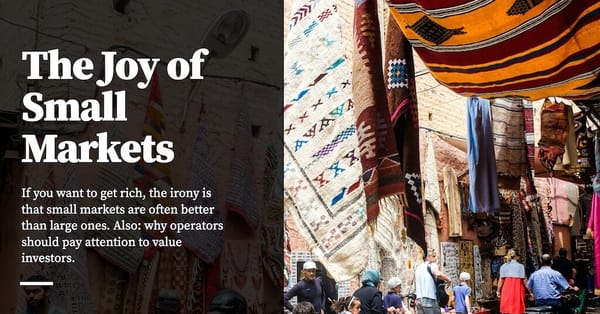
If you want to get rich, the irony is that small markets are often better than large ones.

How all good entrepreneurs run experiments at the earliest stages of a business, and how you can use this approach for your own career.
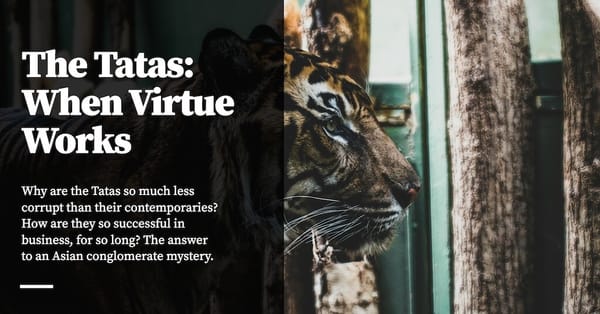
Why are the Tatas so much less corrupt than their contemporaries? How is their conglomerate still intact after five generations? The answer to an Asian conglomerate mystery, and Part 13 of the Asian conglomerate series.

Most Asian conglomerates are family-controlled businesses. Succession in any family business is a tricky thing. We look at a few cases as part of the Asian Conglomerate Series.

One simple idea that falls out of the Heart of Innovation book — that you can use immediately — is this idea of selling into situations, not selling to ideal customer profiles. It’s what the pros do anyway.
Three cases from The Heart of Innovation, picked to demonstrate the ideas of Deliberate Innovation.

Every Asian Tycoon we’ve examined got their start in a world with tariffs. They could thrive and adapt under severe uncertainty. So can we. Here’s how to calibrate for that world.

How and why the Jobs to be Done Framework can help you sell more, faster, and accelerate your understanding of demand.
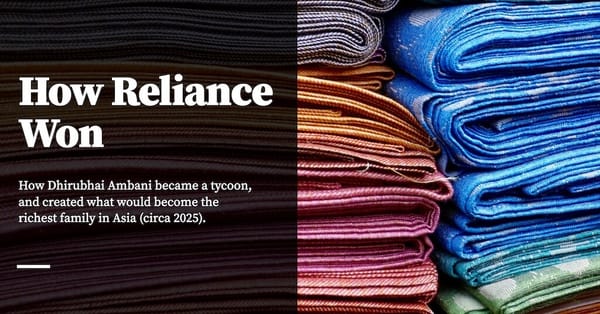
How the Ambanis became the richest family in Asia. This is the third case on the rise of a tycoon, and the last one before we start talking about the core pattern in all of these Asian Tycoon’s lives. Part 6 in the Asian Conglomerate Series.
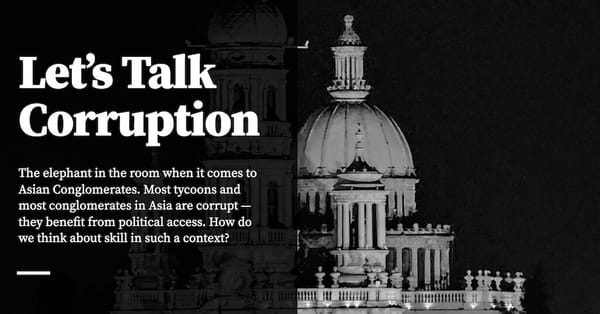
How to think about corruption when talking about Asian businesses. Part 4 of the Asian Conglomerate series.